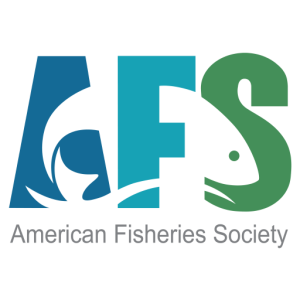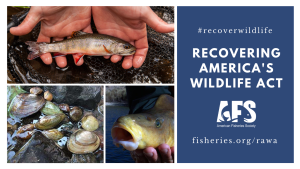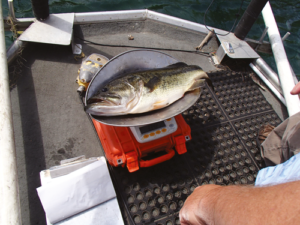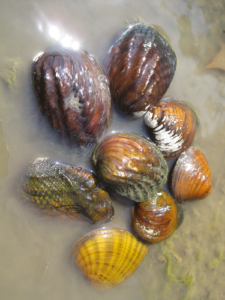A Historical Record of Sawfish in the Southern Gulf of Mexico: Evidence of Diversity Loss Using Old Photos
by Manuel Mendoza-Carranza and Alejandro Espinoza-Tenorio (Fisheries magazine: February 2015) Despite the conspicuous character of sawfish (Pristis spp.) in shallow estuarine waters, current records in






